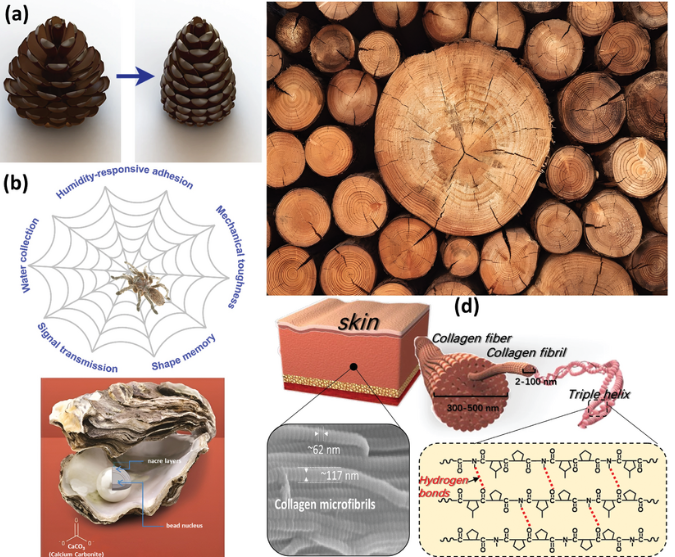Prototype Manufacturing: Methods and Examples for Creating High-Quality Products
- garry9907
- Apr 5, 2023
- 2 min read
Prototype manufacturing is an essential step in the development of new products. It allows designers to create physical representations of their designs and test them for functionality, performance, and features before mass production. The process of prototype manufacturing involves several methods, including 3D printing, CNC machining, and injection moulding.

3D printing is an increasingly popular method of prototype manufacturing due to its ability to quickly produce prototypes in various materials, including plastic, metal, and ceramic. This method is ideal for products with complex geometries, intricate shapes, and small details. For example, medical implants, architectural models, and custom jewellery can all benefit from 3D printing. Additionally, 3D printing can be used to create functional prototypes of products such as consumer electronics, toys, and automotive parts.
Know more about the benefits of 3D printing.

CNC machining involves using computer-controlled machines to cut and shape raw materials into a product design. This method is ideal for creating prototypes from materials such as metal, wood, and plastic, and it is capable of producing highly accurate and precise models. CNC machining is often used for prototyping products with a high level of precision and accuracy, such as aerospace components, surgical tools, and specialized mechanical parts.

Injection moulding is a more complex method of prototype manufacturing, but it is ideal for creating high-quality prototypes in large quantities. This method involves injecting molten plastic into a mould, which is then cooled and solidified to create the part. Injection moulding can be used to create intricate designs and complex shapes, making it ideal for products with high-quality standards. It is typically used for creating large quantities of prototypes for products such as consumer goods, packaging, and medical devices.
Regardless of the method used, the prototype manufacturing process typically involves several steps, including design, prototyping, testing, and refining. Design involves creating a product design using CAD software or similar tools. Prototyping involves creating a physical representation of the design using one of the methods mentioned above. Testing involves evaluating the prototype's performance, features, and functionality to identify any design flaws or areas for improvement. Refining involves making any necessary changes to the design and creating a revised prototype to test again.
In conclusion, the selection of the prototyping method depends on the product's design requirements, the materials used, and the production volume. Prototyping methods such as 3D printing, CNC machining, and injection moulding can be used in a wide range of projects, from medical devices to consumer products, automotive parts to specialized tools, and more. The prototype manufacturing process can be complex, but it is an essential step in creating high-quality products that meet customer needs and expectations.




Comments